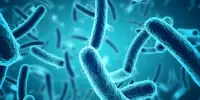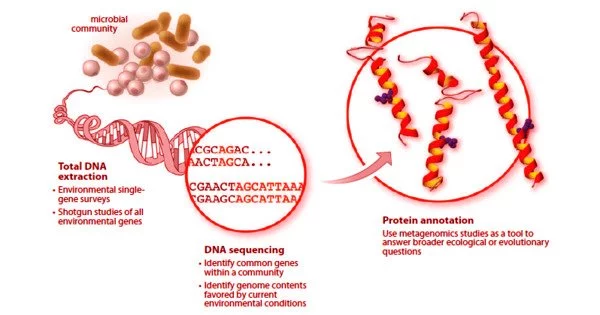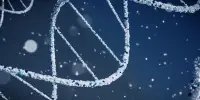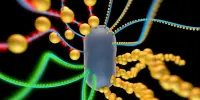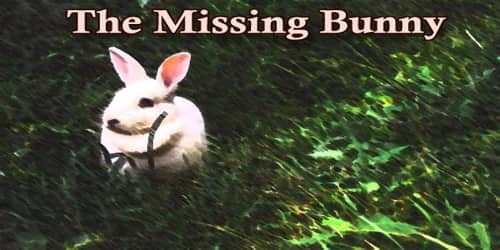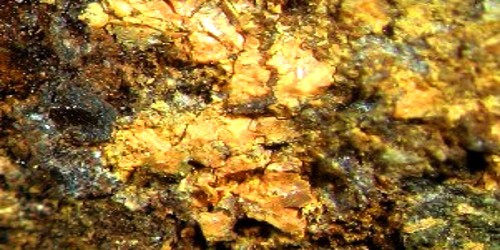The placenta is required for therian mammalian reproduction to be successful. During mammalian cladogenesis, intense selective pressure shaped changes in placental anatomy and function. Recent advances in mammalian phylogeny, combined with comparative placentation studies in eutherian mammals, reveal a pattern of evolution for the structural characteristics of eutherian placentation. The chorioallantoic placenta of mammals is essential for embryonic and fetal development and distinguishes eutherian mammals from other organisms.
The fossil record provides information about ancient life by preserving the remains of body parts such as bones, teeth, and turtle shells. But how do you study the history of soft tissues and organs, which decay quickly and leave little trace?
In a new study, researchers used gene expression patterns, known as transcriptomics, to investigate the ancient origins of one organ: the placenta, which is essential for pregnancy.
The placenta is a developing fetal organ that begins shortly after implantation from the blastocyst. It is an important endocrine organ that produces hormones that regulate both maternal and fetal physiology during pregnancy, and it plays critical roles in facilitating nutrient, gas, and waste exchange between the physically separate maternal and fetal circulations.
Our ability to ask how the placenta might have functioned at different points during its evolution by using gene expression profiles of currently existing animals to reconstruct the ancestors is a really cool approach and provides us with more information on how changing gene expression can contribute to the evolution of a new trait.
Katelyn Mika
“In some mammals, such as humans, the placenta is extremely invasive, invading all the way through the uterine wall and into the maternal tissue.” In other mammals, the placenta only comes into contact with the uterine wall. “And then there’s everything in between,” says senior author Vincent J. Lynch, PhD, associate professor of biological sciences in the College of Arts and Sciences at the University at Buffalo.
“So, what kind of placentas were they?” he asks. “We use gene expression patterns to reconstruct placental evolution and predict what the placenta looked like in the last common ancestor of eutherian mammals.” According to our findings, this placenta was invasive, and non-invasive placentas evolved multiple times in mammals. This addresses a 150-year-old mystery: People have been debating what kind of placenta the first one was since then.”
As Lynch explains, all living mammals other than marsupials and egg-laying monotremes are eutherians, which have long pregnancies in which the developing fetus evokes a strong physiological response in the mother.

The research was published on June 30 in eLife. Lynch led the study with first author Katelyn Mika, PhD, University of Chicago postdoctoral scholar in human genetics and in organismal biology and anatomy. Camilla M. Whittington, PhD, and Bronwyn M. McAllan, PhD, both at the University of Sydney, are also co-authors.
“Our ability to ask how the placenta might have functioned at different points during its evolution by using gene expression profiles of currently existing animals to reconstruct the ancestors is a really cool approach and provides us with more information on how changing gene expression can contribute to the evolution of a new trait,” Mika says.
The team compared the genes active in the uterus of various mammals during pregnancy to conduct the study. After discovering that these gene expression profiles were related to the degree of placental invasiveness, the researchers used their findings to predict what ancestral mammalian placentas looked like.
Around 20 species were included in the study, including the egg-laying platypus, pouch-bearing marsupials, and a variety of eutherian mammals that give birth to live young. One limitation of the analysis is the small subset: The authors write in eLife that more research on a wider range of species is needed to determine the significance of their findings.
Nonetheless, Lynch believes the study contributes significantly to our understanding of how pregnancy evolved. The findings could also help modern medicine.
“Knowing which genes are active during pregnancy in different species tells us about how evolution works,” he says. “However, it also informs us about what constitutes a healthy pregnancy and how things can go wrong. We’re finding the genes that establish the right kind of environment for healthy human pregnancies. If those genes are not expressed in the right way, that might give rise to problems.”

